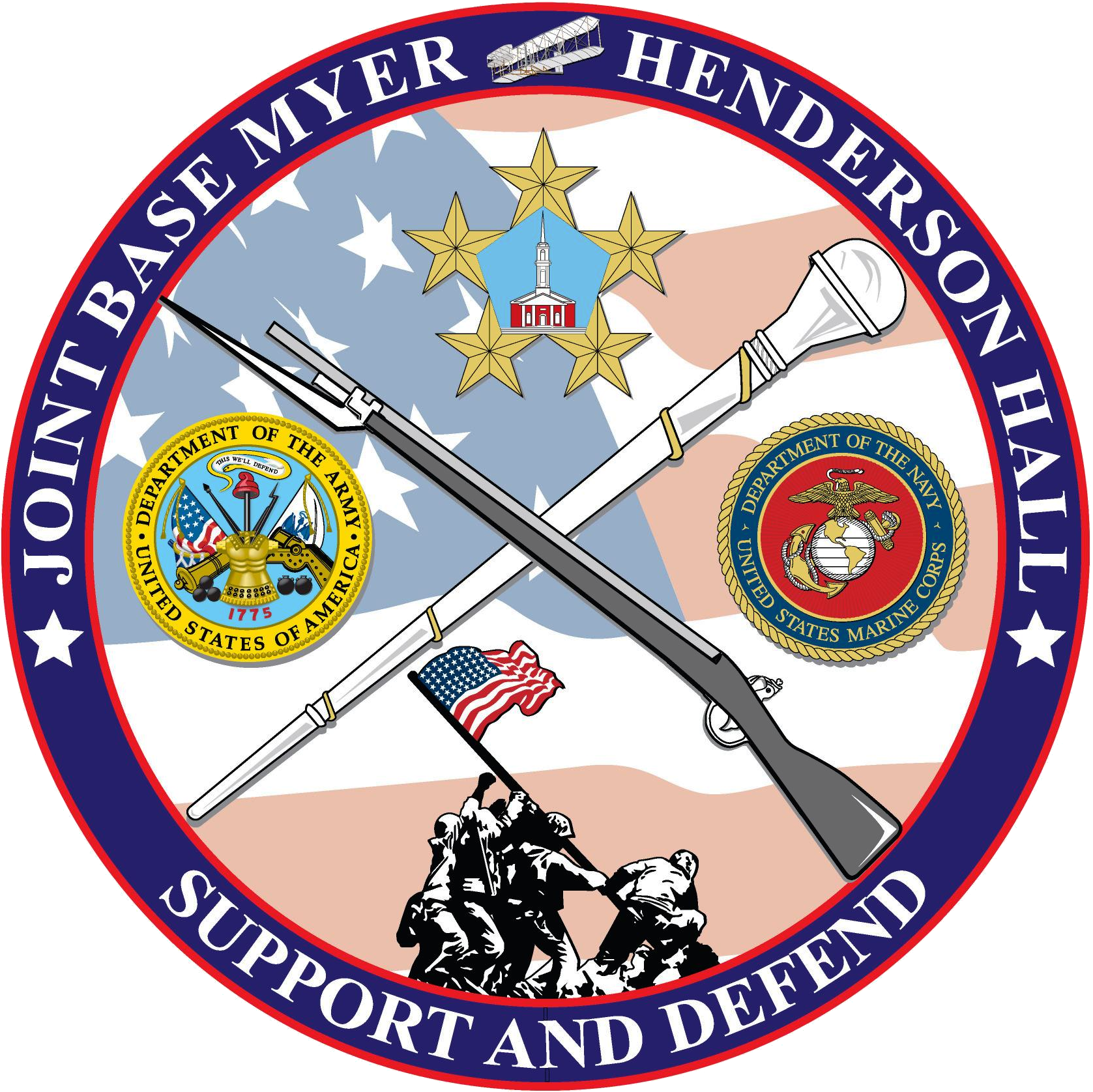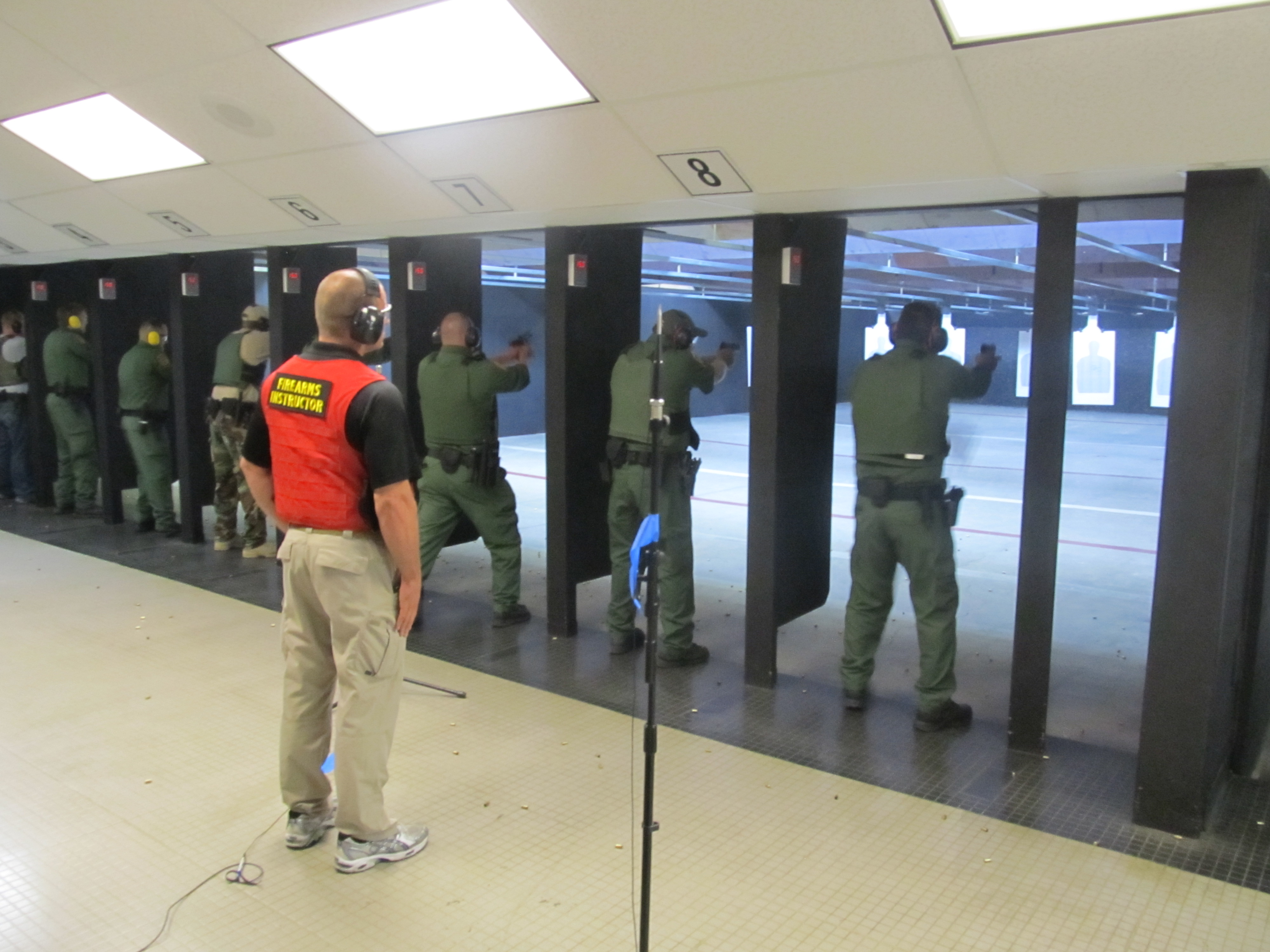|
Henderson Hall (Arlington, Virginia)
Henderson Hall is a military installation of the United States Marine Corps (USMC) located in Arlington County, Virginia, near the Pentagon, on the southern edge of the Arlington National Cemetery and next to Fort Myer. Currently, it is part of Joint Base Myer–Henderson Hall. Henderson Hall is named for Brevet Brigadier General Archibald Henderson, the fifth and longest-serving Commandant of the Marine Corps. History of Henderson Hall Most of the land occupied by Henderson Hall was originally owned by the Custis family and later the Syphax family.Scannell, Nancy. "In the Market for a Mausoleum?" ''Washington Post''. August 2, 1984.Stark, George. "The History of the Abbey Mausoleum." ''Henderson Hall News''. January 19, 2001. [...More Info...] [...Related Items...] OR: [Wikipedia] [Google] [Baidu] |
Joint Base Myer–Henderson Hall
Joint Base Myer–Henderson Hall is a Joint Base of the United States military that is located around Arlington, Virginia which is made up of Fort Myer (Arl), Fort McNair (SW DC), and Henderson Hall. It is the local residue of the Base Realignment and Closure, 2005 process. It is commanded by the United States Army but has resident commands of Army, Navy, & Marines. Most conspicuous is the Arlington National Cemetery Honor Guard. The two eponymous bases are co-located along the west boundary of the cemetery, and Fort McNair is across the Potomac River, in Washington, DC, on the Anacostia River. On Fort McNair sits Grant Hall which is the location of the 1865 military tribunal of the conspirators of the assassination of Abraham Lincoln. Each quarter the Hall is open to the public where people can visit the courtroom and learn more about the trials. Operations Fort Myer is headquarters to service personnel working throughout the National Capital Region. The post provides housin ... [...More Info...] [...Related Items...] OR: [Wikipedia] [Google] [Baidu] |
Commandant Of The Marine Corps
The commandant of the Marine Corps (CMC) is normally the highest-ranking officer in the United States Marine Corps and is a member of the Joint Chiefs of Staff. Joint Chiefs of Staff: composition; functions. The CMC reports directly to the secretary of the Navy and is responsible for ensuring the organization, policy, plans, and programs for the Marine Corps as well as advising the president, the secretary of defense, the National Security Council, the Homeland Security Council, and the secretary of the Navy on matters involving the Marine Corps. Under the authority of the secretary of the Navy, the CMC designates Marine personnel and resources to the commanders of unified combatant commands. Combatant commands: administration and support The commandant performs all other functions prescribed in Section 8043 in Title 10 of the United States Code Commandant of the Marine Corps or delegates those duties and responsibilities to other officers in his administration in his name. ... [...More Info...] [...Related Items...] OR: [Wikipedia] [Google] [Baidu] |
Shooting Range
A shooting range, firing range, gun range or shooting ground is a specialized facility, venue or field designed specifically for firearm usage qualifications, training, practice or competitions. Some shooting ranges are operated by military or law enforcement agencies, though the majority of ranges are privately owned by civilians and sporting clubs and cater mostly to recreational shooters. Each facility is typically overseen by one or more supervisory personnel, variously called a ''range master'' or "Range Safety Officer" (RSO) in the United States, or a ''range conducting officer'' (RCO) in the United Kingdom. Supervisory personnel are responsible for ensuring that all weapon safety rules and relevant government regulations are followed at all times. Shooting ranges can be indoor or outdoor, and may be restricted to certain types of firearm that can be used such as handguns or long guns, or they can specialize in certain Olympic disciplines such as trap/skeet sho ... [...More Info...] [...Related Items...] OR: [Wikipedia] [Google] [Baidu] |
Chapel
A chapel is a Christian place of prayer and worship that is usually relatively small. The term has several meanings. Firstly, smaller spaces inside a church that have their own altar are often called chapels; the Lady chapel is a common type of these. Secondly, a chapel is a place of worship, sometimes non-denominational, that is part of a building or complex with some other main purpose, such as a school, college, hospital, palace or large aristocratic house, castle, barracks, prison, funeral home, cemetery, airport, or a military or commercial ship. Thirdly, chapels are small places of worship, built as satellite sites by a church or monastery, for example in remote areas; these are often called a chapel of ease. A feature of all these types is that often no clergy were permanently resident or specifically attached to the chapel. Finally, for historical reasons, ''chapel'' is also often the term used by independent or nonconformist denominations for their places of wor ... [...More Info...] [...Related Items...] OR: [Wikipedia] [Google] [Baidu] |
Bowling Alley A bowling alley (also known as a bowling center, bowling lounge, bowling arena, or historically bowling club) is a facility where the sport of bowling is played. It can be a dedicated facility or part of another, such as a clubhouse or dwelling house. History By the late 1830s, the Knickerbocker Hotel's bowling alley had opened, with three lanes. Instead of wood, this indoor alley used clay for the bowling lane. By 1850, there were more than 400 bowling alleys in New York City, which earned it the title "bowling capital of North America". Because early versions of bowling were difficult and there were concerns about gambling, the sport faltered. Several cities in the United States regulated bowling due to its association with gambling. In the late 19th century, bowling was revived in many U.S. cities. Alleys were often located in saloon basements and provided a place for working-class men to meet, socialize, and drink alcohol. Bars were and still are a principal feature of bowl ... [...More Info...] [...Related Items...] OR: [Wikipedia] [Google] [Baidu] |




